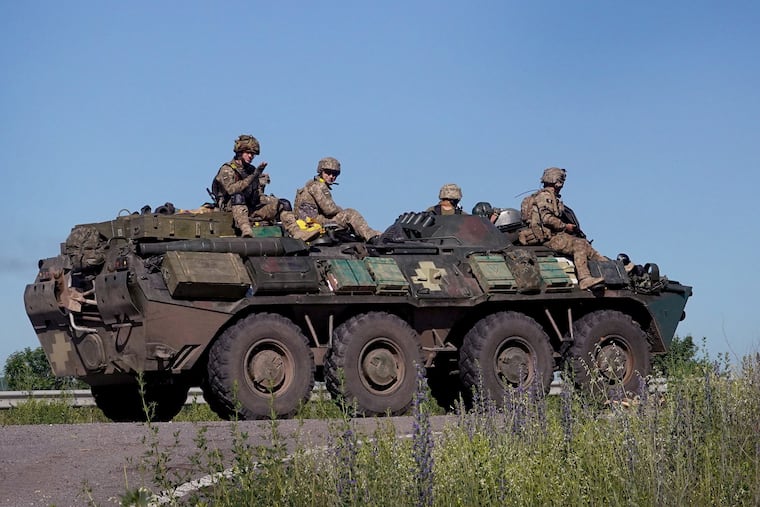The critical battles for Ukraine and for America are being fought right here, right now
Americans must decide whether to back rule of law at home and support Ukraine against Putin's lawless view of the world.

Americans must decide whether to back rule of law at home and support Ukraine against Putin's lawless view of the world.
